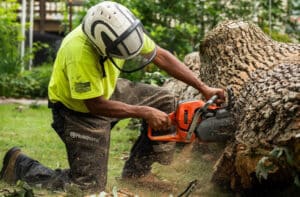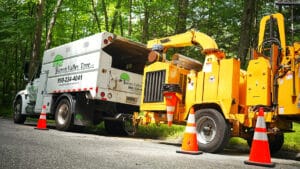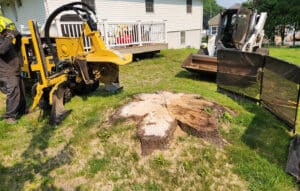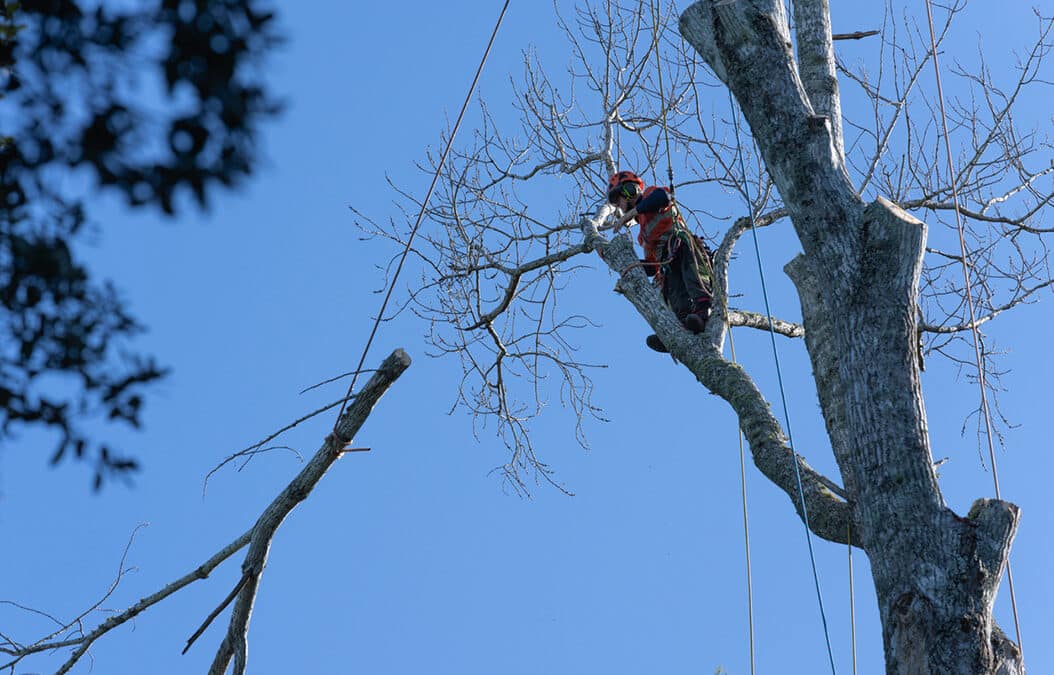The Dangers of Tree Topping: Preserving the Health and Beauty of Your Trees
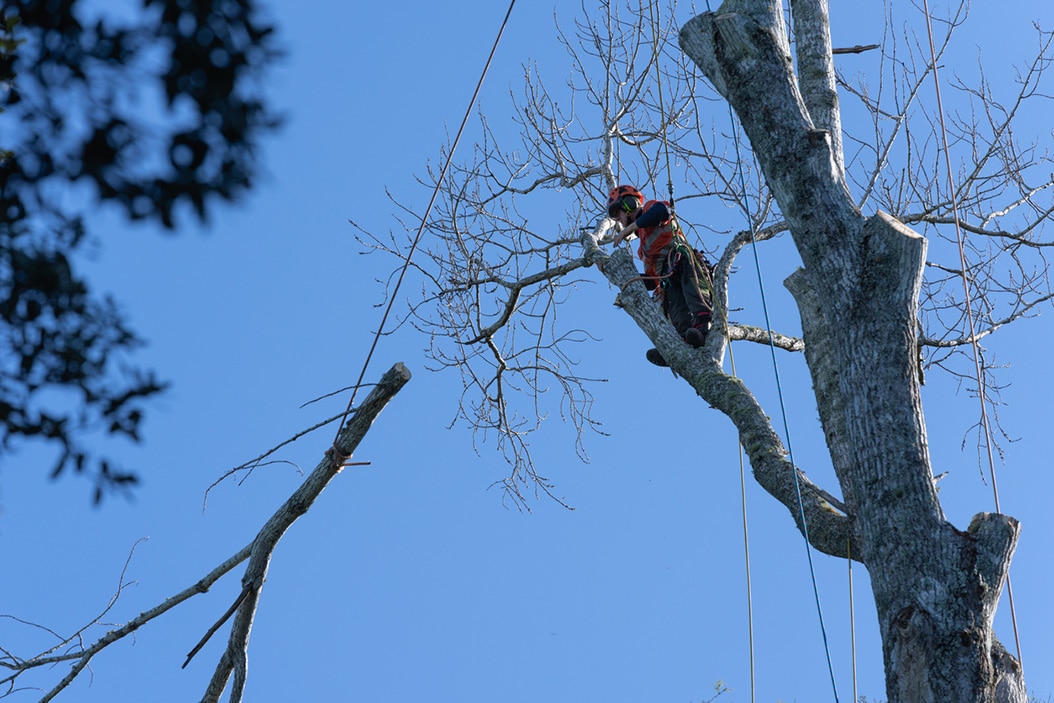
At Green Valley Tree LLC, we are committed to promoting the health and longevity of trees. As arborists, we understand the importance of proper tree care practices, and one practice we vehemently discourage is tree topping. Tree topping, also known as hat-racking or rounding over, involves indiscriminately cutting off the tops of trees, often resulting in severe damage and detriment to the tree’s health. In this article, we delve into why topping trees is a harmful practice and why it should be avoided at all costs.
1. Structural Integrity Compromised:
When a tree is topped, it disrupts its natural growth pattern and structure. Trees have evolved to grow in a specific way, with branches providing structural support to the entire tree. Topping removes this natural support system, leaving the tree vulnerable to various stresses such as wind, snow, and ice. As a result, topped trees are more prone to breakage and failure, posing a significant safety risk to property and people.

2. Increased Risk of Disease and Decay:
Topping creates large, open wounds on the tree, exposing it to pathogens and pests. These wounds are slow to heal and provide entry points for fungi, bacteria, and insects, which can cause decay and disease to spread rapidly throughout the tree. Once a tree is compromised by disease and decay, it becomes increasingly difficult to save, often requiring removal to prevent further spread to nearby trees.
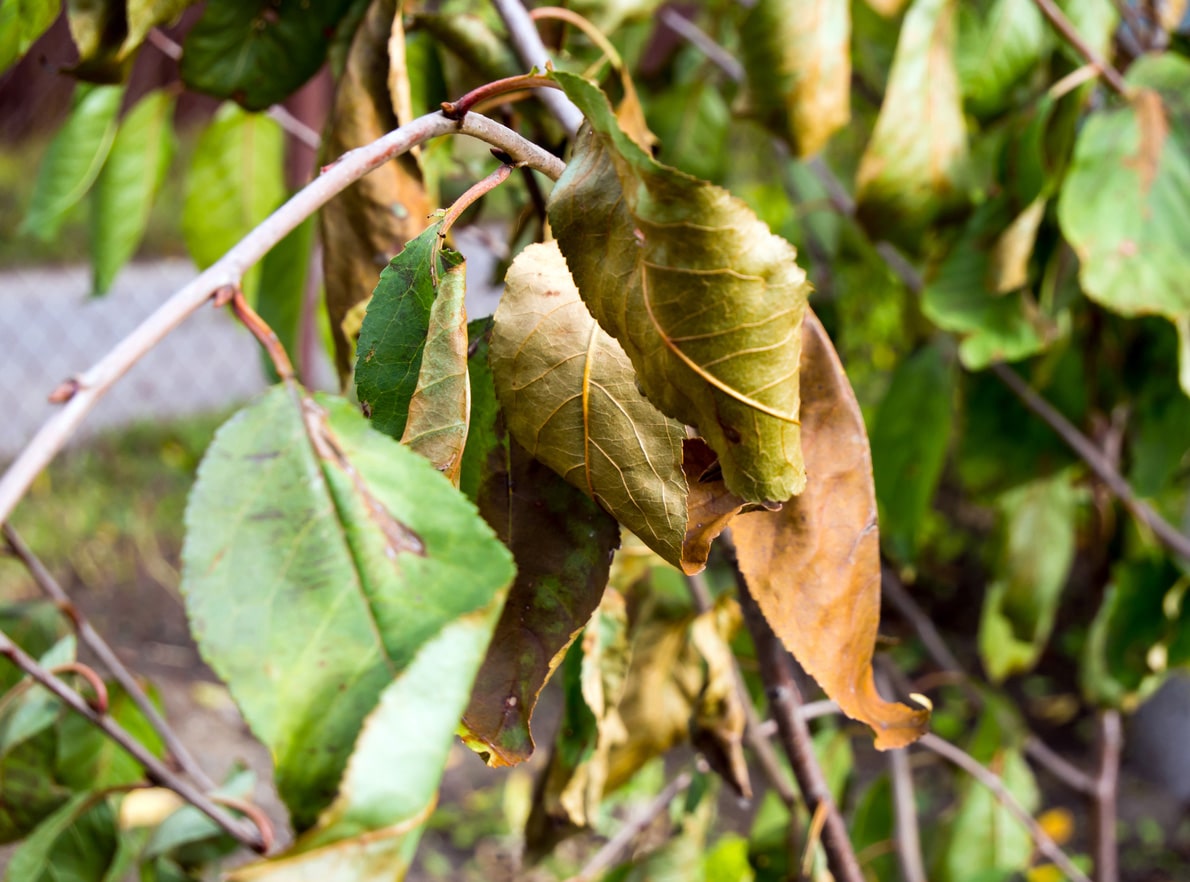
3. Stunted Growth and Decline:
Contrary to popular belief, topping does not promote healthy growth. Instead, it results in an abundance of weakly attached, fast-growing shoots known as water sprouts. These shoots are prone to breaking and are structurally unsound, contributing to the decline of the tree over time. Additionally, topping puts the tree under immense stress as it attempts to recover from the severe pruning, further compromising its overall health and vitality.
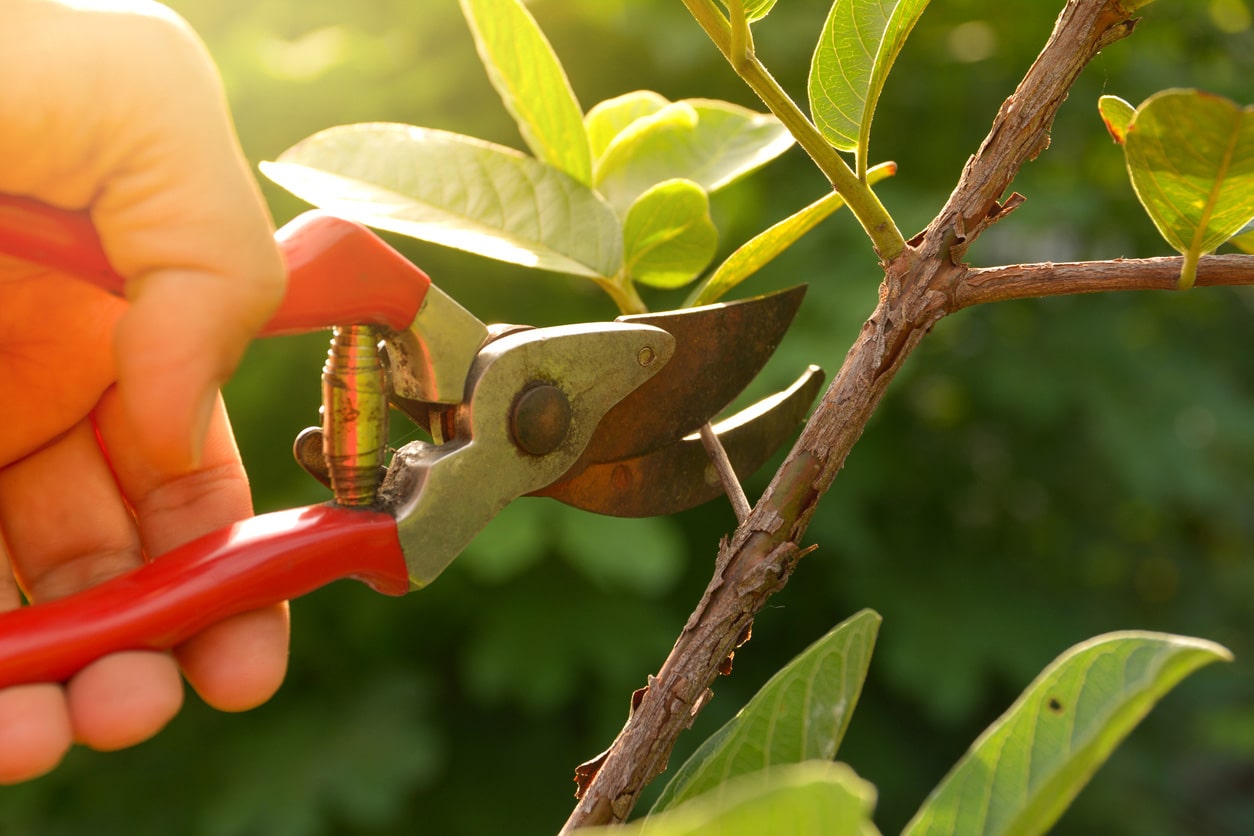
4. Aesthetic and Environmental Impact:
Topped trees lose their natural beauty and aesthetic appeal, becoming disfigured and unsightly. This can detract from the landscape’s visual appeal and decrease property value. Furthermore, topping disrupts the natural ecosystem by removing crucial habitat and food sources for wildlife, disrupting the delicate balance of the environment.
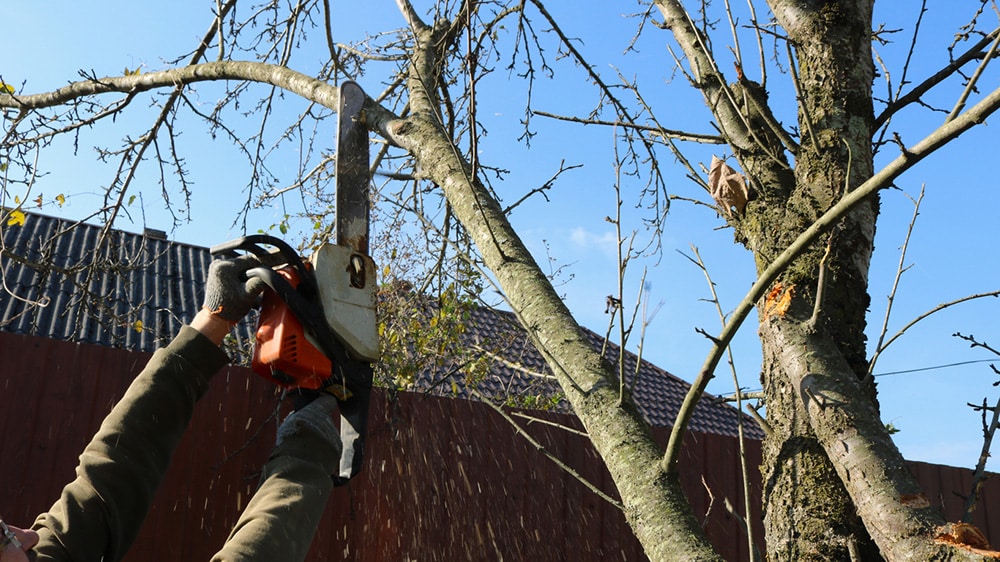
5. Long-term Cost and Maintenance:
While topping may seem like a quick fix for overgrown trees, it ultimately leads to higher long-term costs and maintenance. Topped trees require frequent pruning to manage the regrowth of water sprouts, increasing the need for professional tree care services. Additionally, the risk of tree failure and property damage necessitates regular inspections and potential removal, adding to the financial burden.

At Green Valley Tree LLC, we advocate for sustainable tree care practices that promote the health and well-being of trees. Instead of resorting to topping, we recommend alternatives such as selective pruning, crown reduction, and canopy thinning to maintain the tree’s natural form and structural integrity. By investing in proper tree care, you not only preserve the beauty of your landscape but also contribute to the health of the environment for generations to come.
If you have any questions or concerns about tree care practices or need assistance with your trees, don’t hesitate to contact Green Valley Tree LLC. Our certified arborist is here to provide expert guidance and ensure the long-term health and vitality of your trees. Let’s work together to protect and preserve our precious natural resources.

